Lies, contradictions, and great art: Joseph Beuys at 100
Joseph Beuys was one of the highest-profile artists of post-war Germany. On the centenary of Beuys’ birth, the author of a new biography reveals his Nazi connections and the boost he received from Swiss art publishers and curators.
In an interview with SWI swissinfo.ch, Zurich-based Hans Peter Riegel discusses the four-volume second edition of his biography which sheds more light on Beuys (pronounced “boys”) and debunks many of the myths created by the artist himself. An English translation of the first two volumes will be published on June 30.
Riegel shows how Beuys was a member of the Hitler Youth, a volunteer in the Luftwaffe, and maintained ties until the end of his life with former Nazi officers, bankers and industrialists.
A political animal, Beuys first drew attention breaking protocols and hierarchies in the Düsseldorf arts academy in the early 1960s. He revelled in public performances and in the 1970s was at the forefront of the environmental movement. This eventually crystalised into the German Green Party – which eventually kicked him out.
Here is a performance by Beuys in Basel in 1971. From the archives of Swiss public television, SRF.
But the story of his life as told by Beuys himself was an impressive work of fiction that was left undisputed until many years after his death in 1986. It was only in 2013 that Riegel, who first met Beuys in 1973 and knew him well, published a biography that contradicted many of the assumptions about his life, work, politics and philosophy.
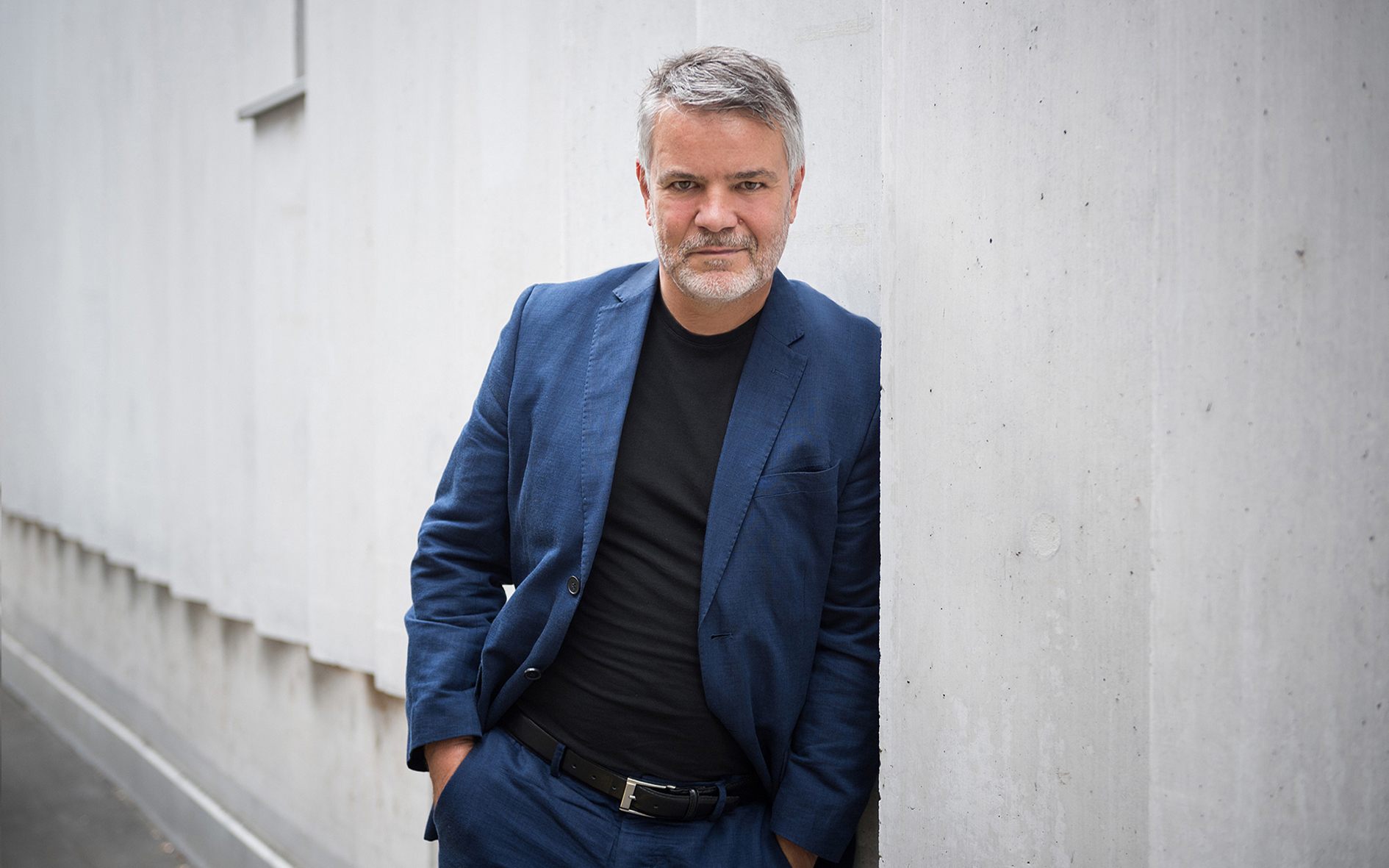
swissinfo.ch: Reading your book in 2014, more than judging if Beuys was a Nazi or a plagiarist or whatever, I concluded that he was a much more complex artist and individual than we already thought.
Hans Peter Riegel: Beuys was maybe mentally ill. Circumstancial evidence suggests that he had serious mental health problems. Professor Andreas Maercker, an expert on post-traumatic diseases, told me that, in his view, Beuys was a sick man. The problem was that he had two faces. There was the public persona: the visionary, the left-winger, the green, the forward-thinker. But the truth about Beuys is that he was very conservative. He was stuck to the past. He didn’t like modern music or modern ways of behaving. He was strictly a German romantic.
And he was also a liar in many ways. Beuys used to say that he was just an artist and was allowed to create his own biography. He was lying that he studied natural sciences, about his war career, about his National Socialist past. It was all lies.
In many situations he said he was a war hero, that he had a lot of medals, even an Iron Cross. He was never a war hero because he was never seriously wounded. I just don’t know why he had to lie about it.
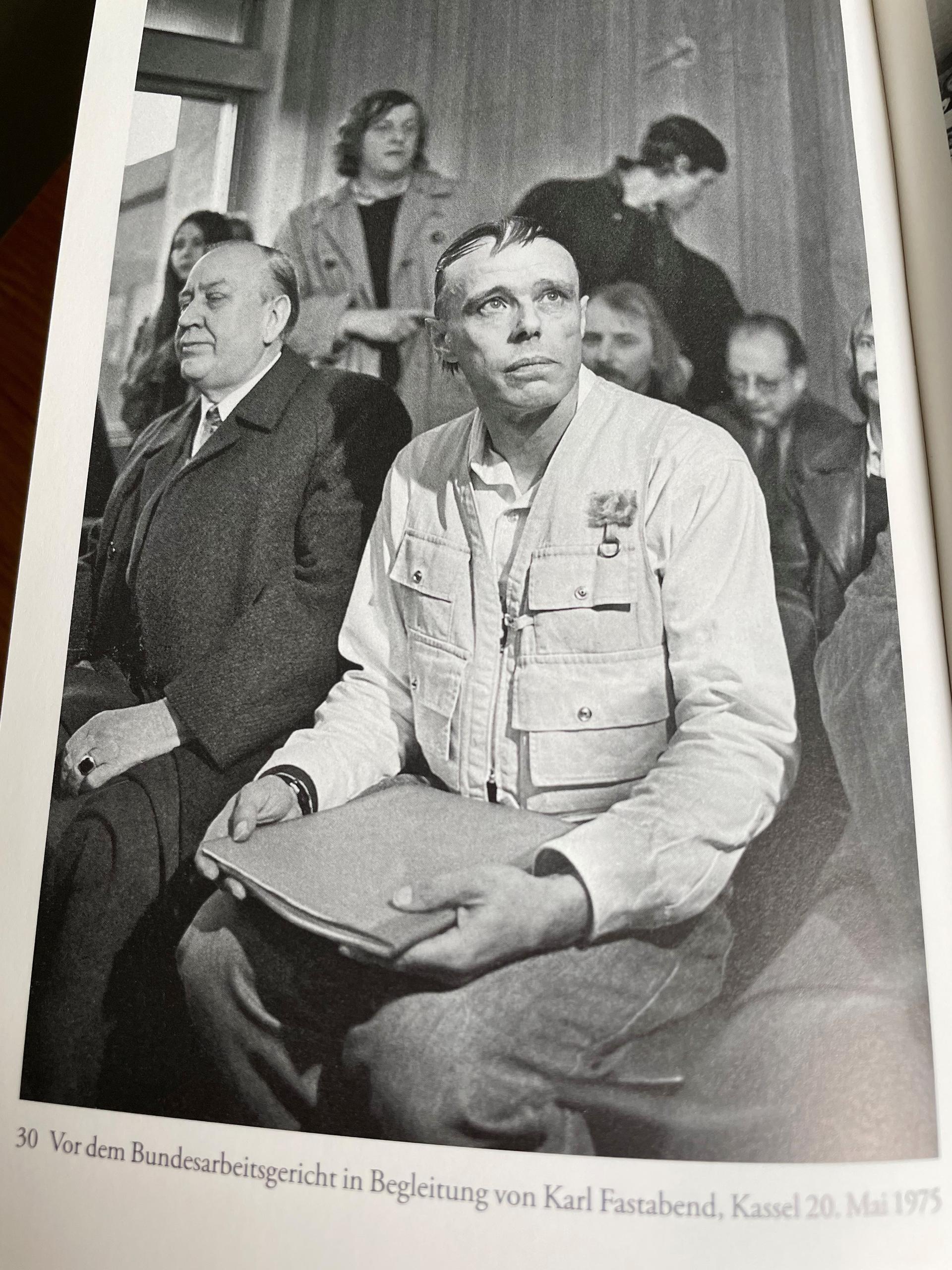
swissinfo.ch: Given all this, what was the hardest part for you in writing and researching his biography?
H.P.R.: The personal attachment, for a start, because I knew Beuys so well and I liked him. He was a very kind person. I went to the German historical archive in Berlin, and they put the Nazi files of his financier Karl Fastabend on my table. And at that moment I recognised how close Beuys was to those Nazi circles – I really was in shock, because I had another picture of this man.
Like everybody else, I had mistakenly believed that he was a true green and a left-wing visionary. I knew there had been some rumours in the academy in Düsseldorf and in certain circles that Beuys was very close to this Germanist cult, this ancient cult of the German hero.
There were lots of discussions with the publisher, because if I went further, I would destroy the picture of him. Even the publisher was afraid; everybody knew it would cause a lot of trouble. But then [news magazine] Der Spiegel came out with a five-page review, underlining my research. Der Spiegel is very serious about fact-checking.
swissinfo.ch: Considering the weight of Beuys in the Western post-war art scene, why hasn’t your biography been translated until now?
H.P.R.: There were contractual issues for the first edition – but also there was a lack of interest. Beuys is a dead horse in the US.
When Beuys had this big exhibition in the Guggenheim in 1979, he got very bad reviews. The cultural scene in the US has a very strong Jewish influence, and many Jewish critics, like Benjamin Buchloh, didn’t take Beuys for face-value. […] Since then Beuys has been a sort of persona non grata in the US.
swissinfo.ch: Buchloh retracted a couple of comments from his critique, but he maintained that Beuys was superficial and couldn’t be considered a serious artist.
H.P.R.: That’s correct. But the point is that the people in the US recognised pretty early that Beuys was just playing with Auschwitz, that he didn’t take these things seriously. Many writers still try to describe Beuys’ world as a kind of a catharsis for the Holocaust. And that’s not true because Beuys was never really interested in dealing with the Holocaust.
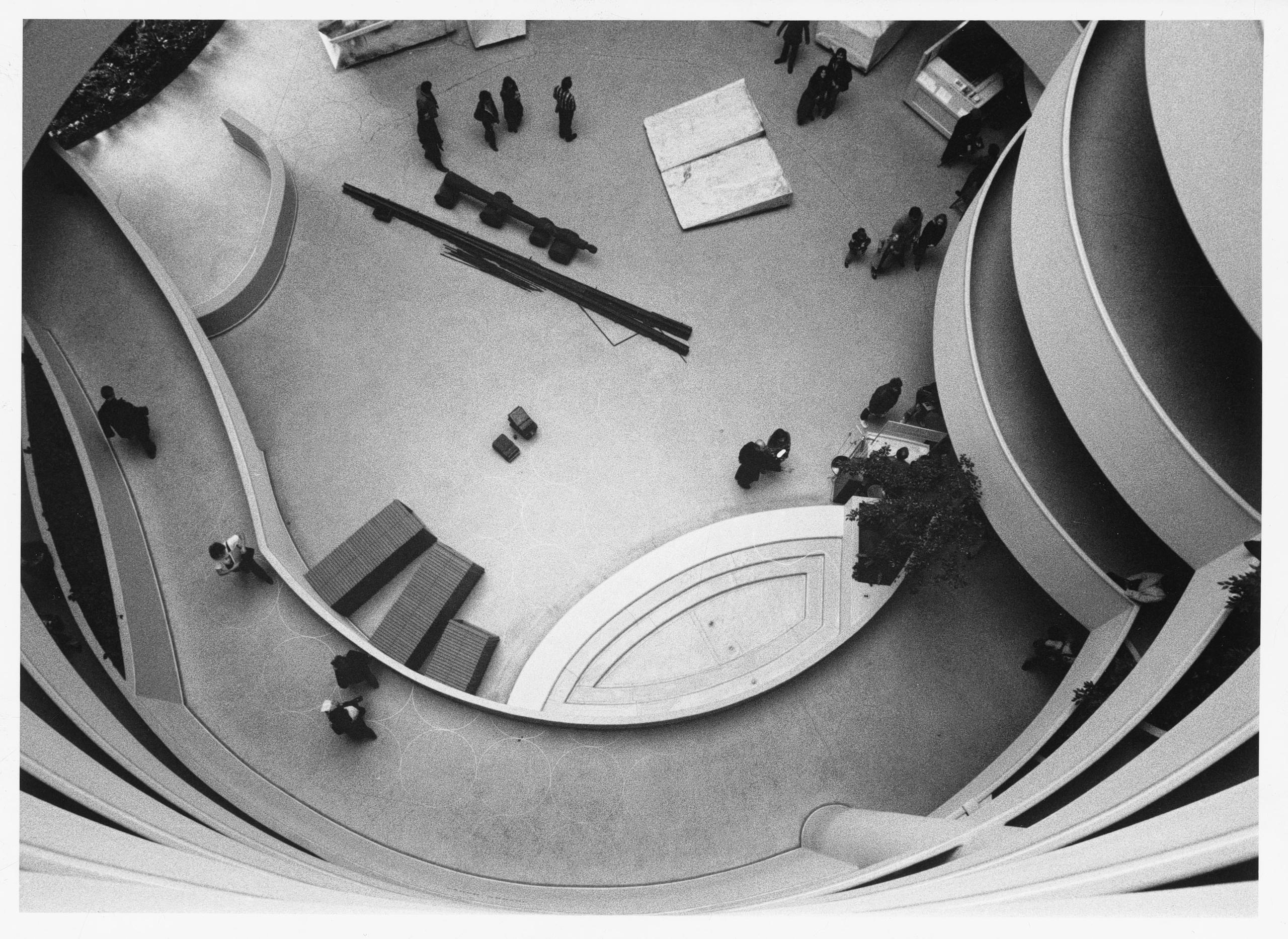
swissinfo.ch: How deep was Beuys’ Swiss connection?
H.P.R.: The first person to publish Beuys was [Swiss art historian and museum curator] Dieter Koepplin, at a time when everybody was saying that Beuys was a charlatan. And thanks to Koepplin the art world recognised Beuys as a serious artist. Then came [curator] Harald Szeemann. They had known each other since the 1960s, also because there was a strong Swiss presence in the academy of arts in Düsseldorf, like Dieter Roth, among others. By the way, Beuys also stole a lot of ideas from Dieter Roth and [Swiss artist] Daniel Spoerri.
swissinfo.ch: And what about Beuys’ take on direct democracy?
H.P.R.: That’s also one of the huge misunderstandings. The whole direct democracy movement, especially in Germany, is a very populistic form. In a twist, it uses popular engagement in a very basic way against democracy itself. It’s very dangerous. Even what we have here in Switzerland can slip in the wrong direction. And the Germans, they don’t understand how dangerous this situation can be, as the right-wing people undertake this whole movement for their own needs.
Beuys, however, came to it from a different angle – that’s the problem. He was definitely against the government, against parliamentarism, against parties. He wanted to destroy all that and build up this basic democracy. But his idea of direct democracy assumed that the normal people are stupid, but they have a vote, so above them there has to be a kind of elite who knows better. Which means there are still some people above the rest of the people.
swissinfo.ch: So, ultimately, what’s left of Joseph Beuys?
H.P.R.: His importance is not to be underestimated. He opened doors for art. He put art on the public scene. He made art mediatic. He was like Saint Sebastian, who attracted all the arrows to his body. He was on the frontline. He ‘de-academised’ the art academy. When he said “everybody is an artist”, everybody misunderstood it. He was a very important teacher for a whole generation of artists.
I think his work definitely stands alone. The installations – some of them are really great. All this will last. But you have to put his art in context and since it’s still in the wrong context, you can’t read it, you can’t understand it, and that’s the problem. As long as you don’t accept who Beuys really was as a person, as a political thinker, and the background of his work, you can’t seriously talk about it.
Art, Capital, Revolution
The complex interweaving of art and politics in Beuys’ work has gained new insights with Philip Ursprung’s recently published book “Joseph Beuys: Kunst, Kapital, Revolution” (Art, Capital, Revolution – C.H.Beck, Munich, 336 pages). Having visited in loco 24 Beuys artworks spread around the world, Ursprung analyses Beuys’ art and times rather than his biography.
Ursprung offers a broad panorama to reevaluate the artist through his art, while also contextualizing it in relation to the main historical events of Beuys’ lifetime, such as the Auschwitz processes that started in 1963, the Oil Crisis of 1973, and the foundation of the German Green Party in 1983.
In spite of all the controversies around Beuys’ biography, Ursprung describes and discusses Beuys’ actions, happenings and provocations that keep his art still relevant today, 35 years after his death.
The US-born professor teaches at the Institute for the History and Theory of Architecture (part of the Federal Institute of Technology – ETH Zurich) and in 2017 was awarded the prestigious Prix Meret Oppenheim for his comprehensive art research and curatorial activities.
(With input from Caroline Honegger, edited by Thomas Stephens)

In compliance with the JTI standards
More: SWI swissinfo.ch certified by the Journalism Trust Initiative
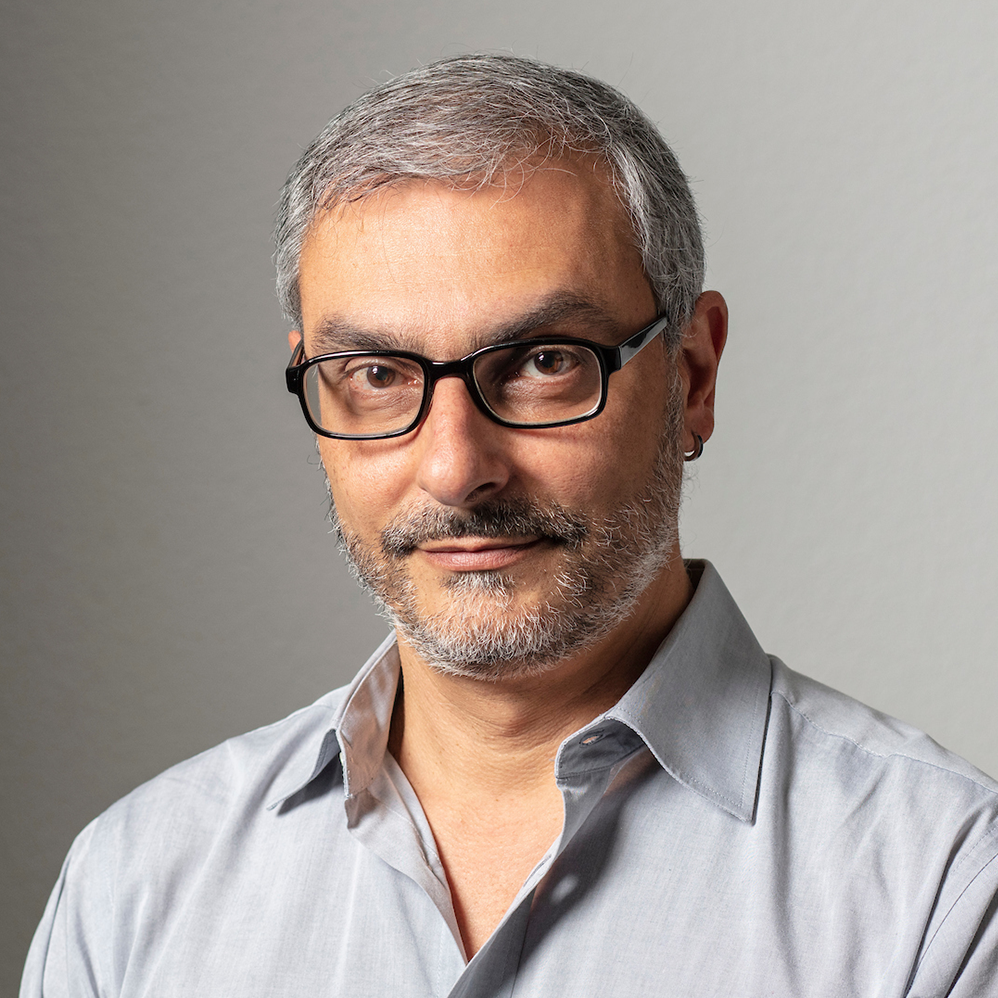



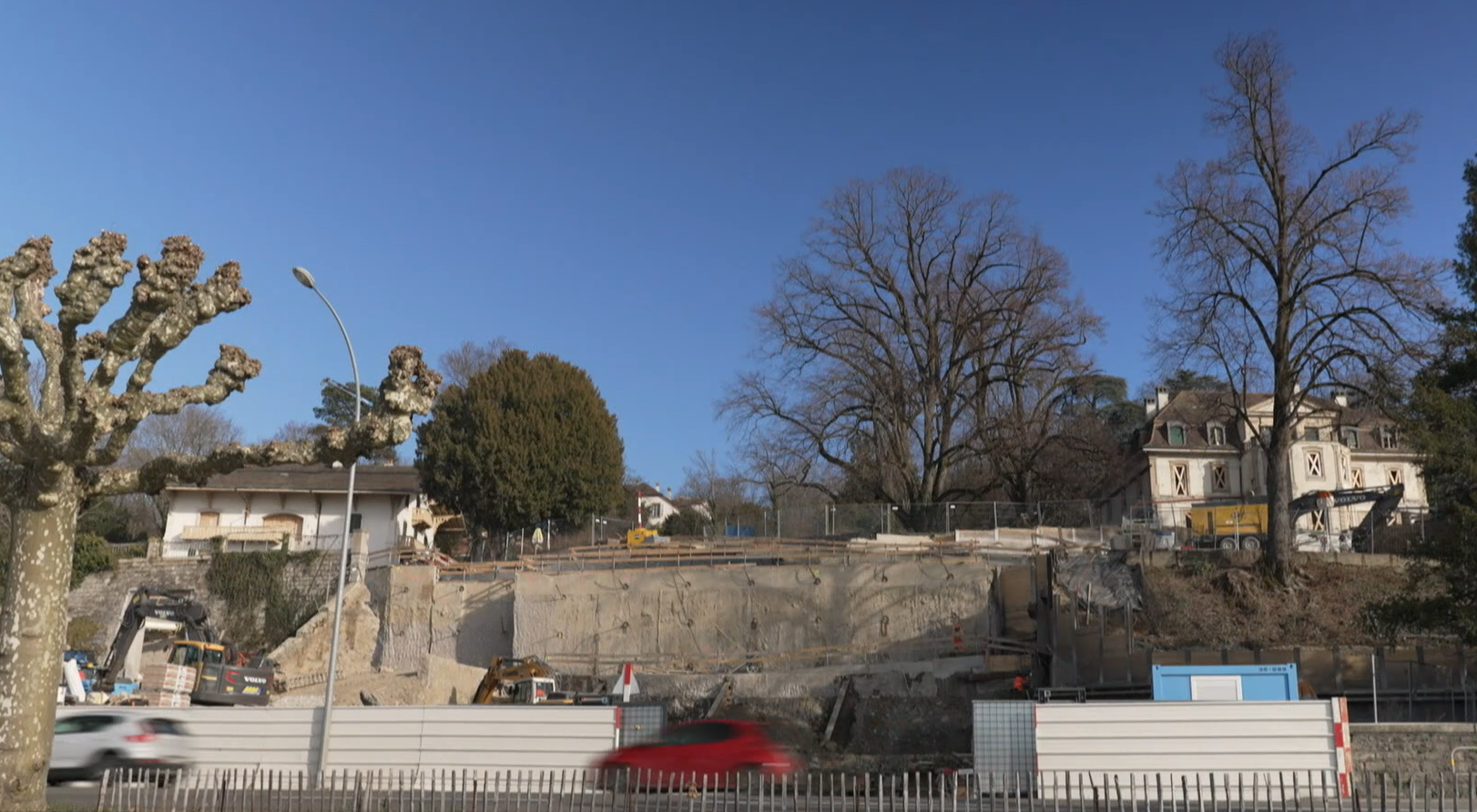
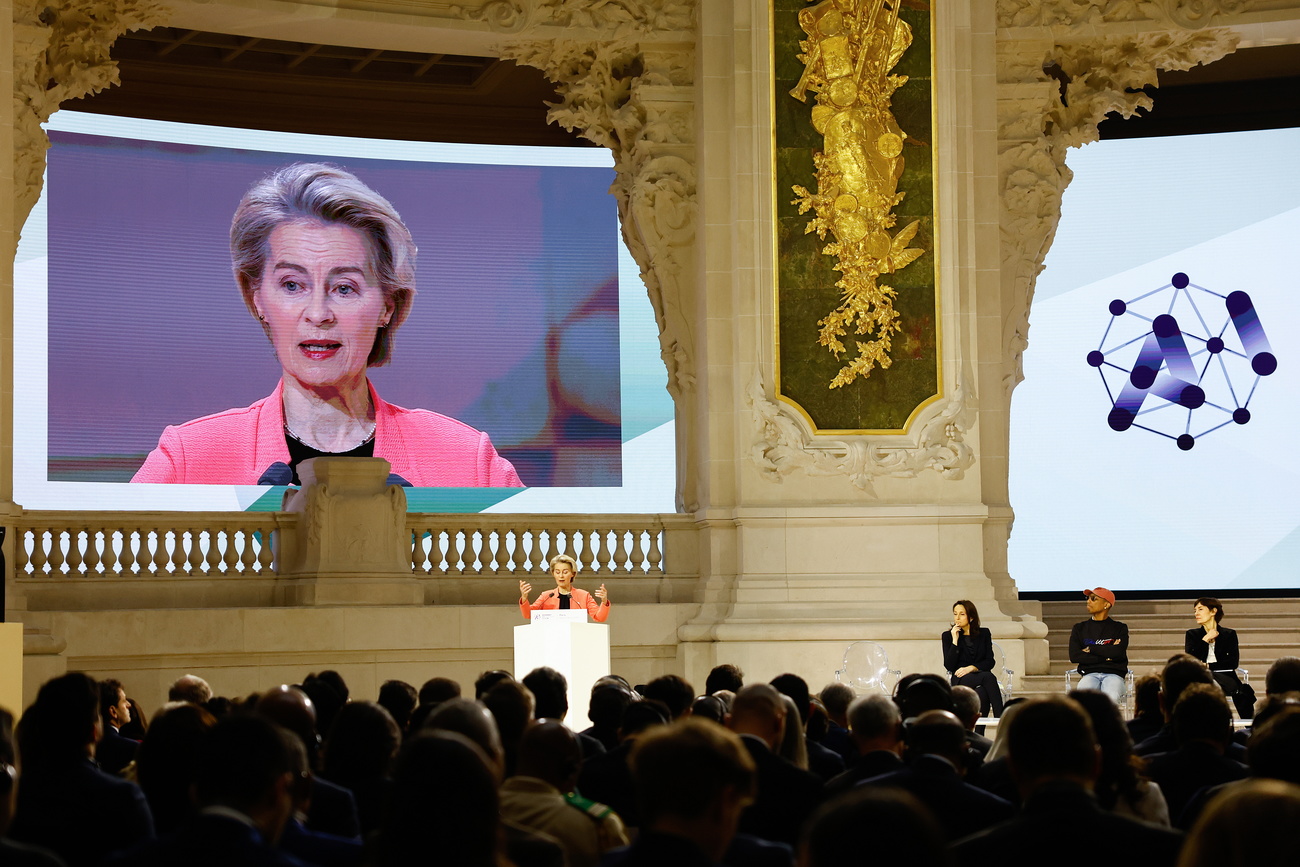




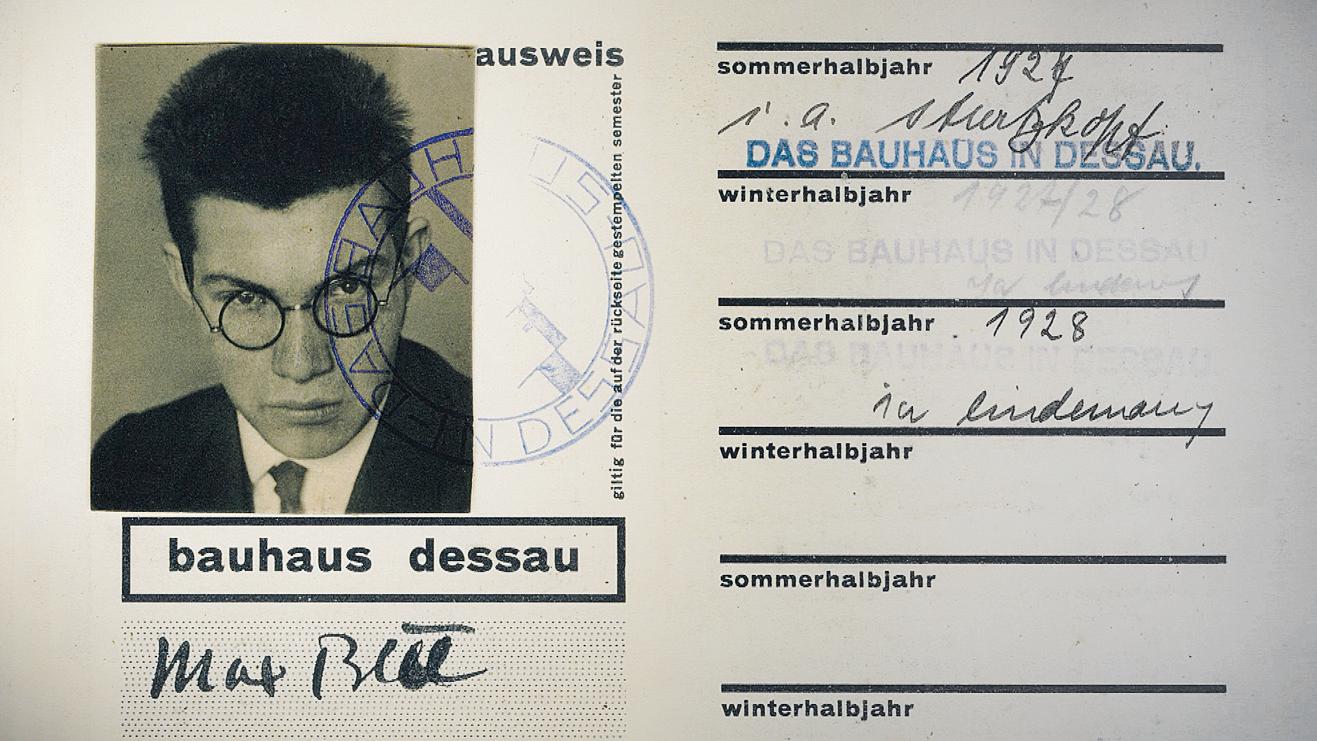
Join the conversation!